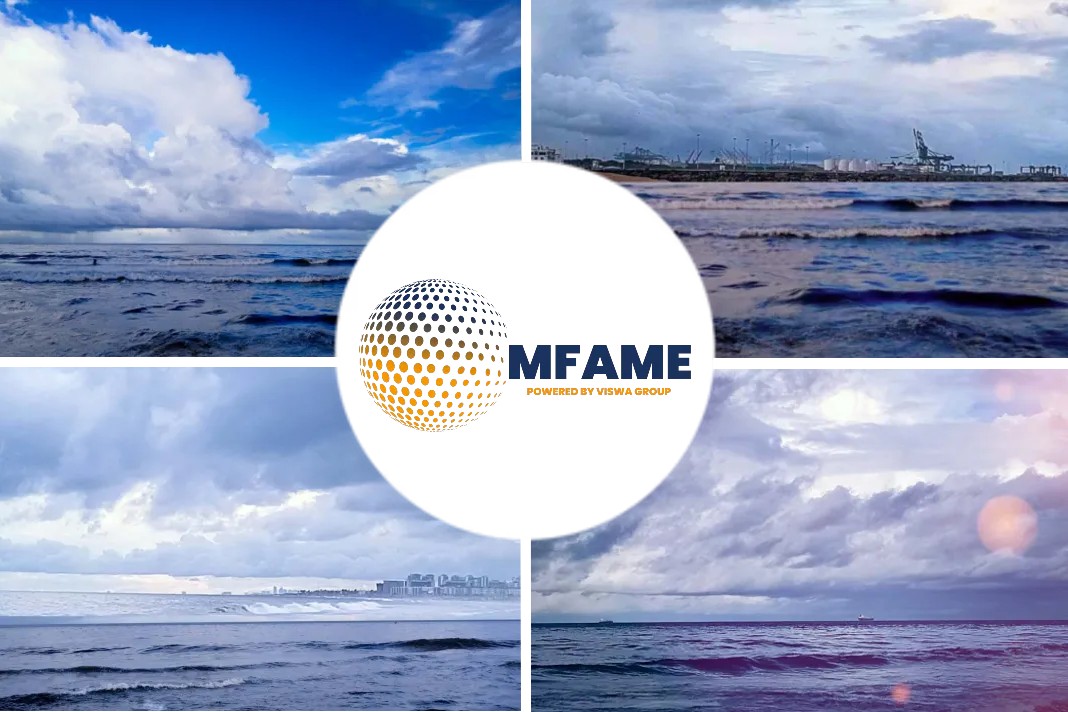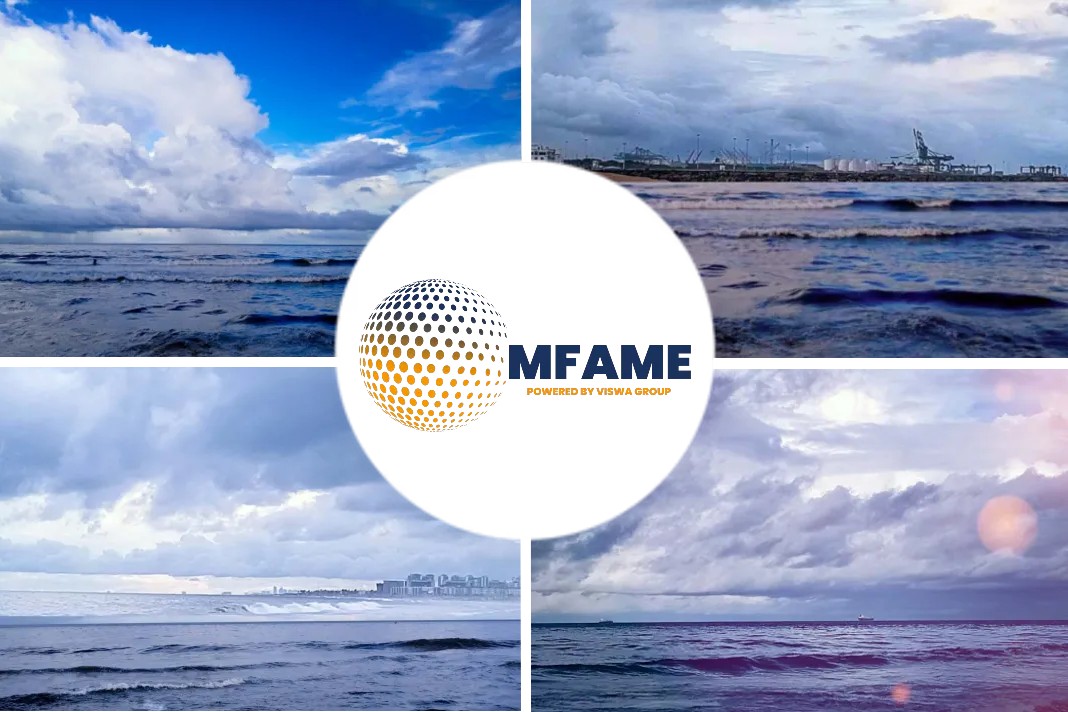Today we are going to look at Ship Finance International Limited (NYSE:SFL) to see whether it might be an attractive investment prospect. To be precise, we’ll consider its Return On Capital Employed (ROCE), as that will inform our view of the quality of the business, says an article published in Yahoo News.
What is Return On Capital Employed (ROCE)?
ROCE measures the ‘return’ (pre-tax profit) a company generates from capital employed in its business. In general, businesses with a higher ROCE are usually better quality. Ultimately, it is a useful but imperfect metric. Author Edwin Whiting says to be careful when comparing the ROCE of different businesses, since ‘No two businesses are exactly alike.’
How To Calculate ROCE?
Analysts use this formula to calculate return on capital employed:
Return on Capital Employed = Earnings Before Interest and Tax (EBIT) ÷ (Total Assets – Current Liabilities)
Or for Ship Finance International:
0.055 = US$191m ÷ (US$3.8b – US$273m) (Based on the trailing twelve months to March 2019.)
So, Ship Finance International has a ROCE of 5.5%.
Is Ship Finance International’s ROCE Good?
ROCE can be useful when making comparisons, such as between similar companies. In this analysis, Ship Finance International’s ROCE appears meaningfully below the 7.4% average reported by the Oil and Gas industry. This could be seen as a negative, as it suggests some competitors may be employing their capital more efficiently. Independently of how Ship Finance International compares to its industry, its ROCE in absolute terms is low; especially compared to the ~2.7% available in government bonds. There are potentially more appealing investments elsewhere.
Ship Finance International’s current ROCE of 5.5% is lower than 3 years ago, when the company reported a 7.8% ROCE. So investors might consider if it has had issues recently. The image below shows how Ship Finance International’s ROCE compares to its industry, and you can click it to see more detail on its past growth.

Remember that this metric is backwards looking – it shows what has happened in the past, and does not accurately predict the future. Companies in cyclical industries can be difficult to understand using ROCE, as returns typically look high during boom times, and low during busts. ROCE is, after all, simply a snap shot of a single year. Remember that most companies like Ship Finance International are cyclical businesses. Since the future is so important for investors, you should check out the free report on analyst forecasts for Ship Finance International.
Current Liabilities Skews ROCE?
Liabilities, such as supplier bills and bank overdrafts, are referred to as current liabilities if they need to be paid within 12 months. The ROCE equation subtracts current liabilities from capital employed, so a company with a lot of current liabilities appears to have less capital employed, and a higher ROCE than otherwise. To check the impact of this, we calculate if a company has high current liabilities relative to its total assets.
- Ship Finance International has total liabilities of US$273m and total assets of US$3.8b. Therefore its current liabilities are equivalent to approximately 7.2% of its total assets.
- Ship Finance International has a low level of current liabilities, which have a negligible impact on its already low ROCE.
Did you subscribe to our daily newsletter?
It’s Free! Click here to Subscribe!
Source: Yahoo News





















